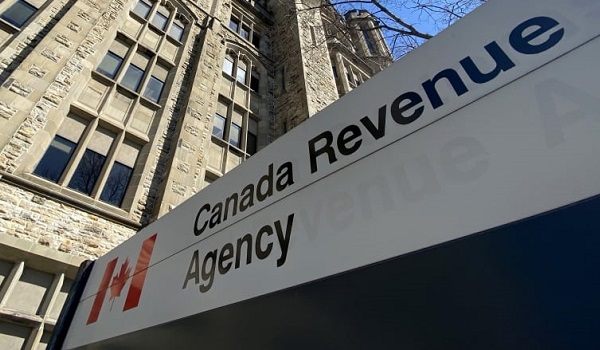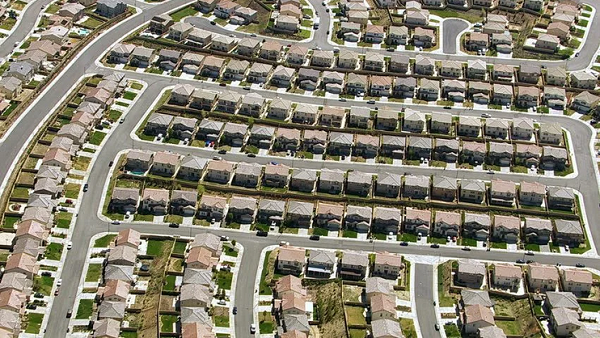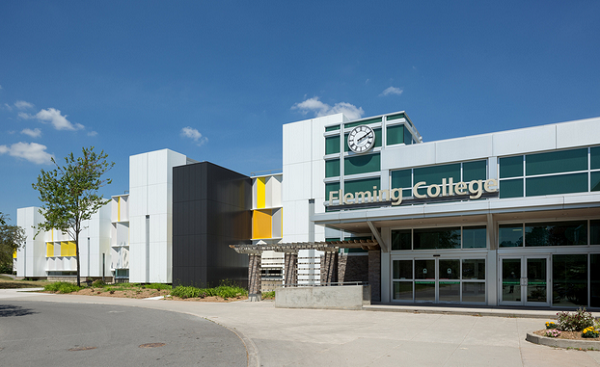Temporary residents contributed largely to Canadian population with an expansion of 1.3 million in 2023
The Canadian population grew by nearly 1.3 million in 2023, an expansion that was largely fuelled by the arrival of temporary residents – a group the federal government is now trying to restrict as the country faces a protracted housing crisis.
Last year, the ranks of temporary residents – who include international students, asylum seekers and people here on work permits – grew by slightly more than 800,000, according to figures published Wednesday by Statistics Canada. This was the second consecutive year that temporary immigration accounted for the bulk of population growth.
As of Jan. 1, Canada was home to 2.67 million temporary residents, a near doubling in just two years. This cohort now accounts for 6.5 per cent of the total population.
The Statscan numbers underscore the challenge ahead for Ottawa as it tries to clamp down on migration. On Thursday, the federal government said it would reduce the share of temporary residents to 5 per cent of the population over the next three years, a plan that will be finalized by the fall. Earlier this year, the government announced a two-year cap on study visas.
The moves follow widespread criticism of the government’s approach to immigration. Several economists at Canadian banks have accused the federal government of losing control of the immigration system, leading to a spike in demand for things already in short supply, such as affordable housing and access to health services.
“We’re stressed in all directions,” said Bank of Montreal senior economist Robert Kavcic. “The supply side [of the economy] can’t possibly respond fast enough.”
Over all, the population grew by 3.2 per cent in 2023, the fastest pace of growth since 1957. Nearly 472,000 people became permanent residents of Canada last year. The federal government is ramping up the intake of permanent residents to 500,000 in 2025.
While the government sets annual targets for PR admissions, it has not previously done so for temporary residents, although that will change with last Thursday’s announcement.
Statscan said that without temporary migration – which is to say, counting only permanent immigration and the natural change (births minus deaths) – the population would have increased by 1.2 per cent, or nearly three times less than it did.
Canada relies almost exclusively on international migration – both temporary and permanent – to fuel its population growth, accounting for 98 per cent of the overall increase in 2023.
Stronger immigration has been a guiding principle of the federal government under the Liberal Party. It has argued that immigration is sorely needed to counter the effects of an aging society and to fill job vacancies that have frustrated the corporate sector.
Of late, the spike of newcomers has propped up Canada’s economic numbers. Real gross domestic product rose by 1.1 per cent in 2023, but after accounting for strong population growth, economic output has declined on a per-person basis.
The Statscan report also said that migration between provinces has hit levels not seen in three decades. Roughly 330,000 Canadians moved from one province or territory to another last year.
Alberta saw a net interprovincial increase of around 55,000 last year, the highest among the provinces and territories. This was also the largest interprovincial gain in records dating to 1972.
Ontario, meanwhile, lost roughly 36,000 people on net to other provinces and territories last year, similar to the outflow in 2022.
This article was first reported by The Globe and Mail















